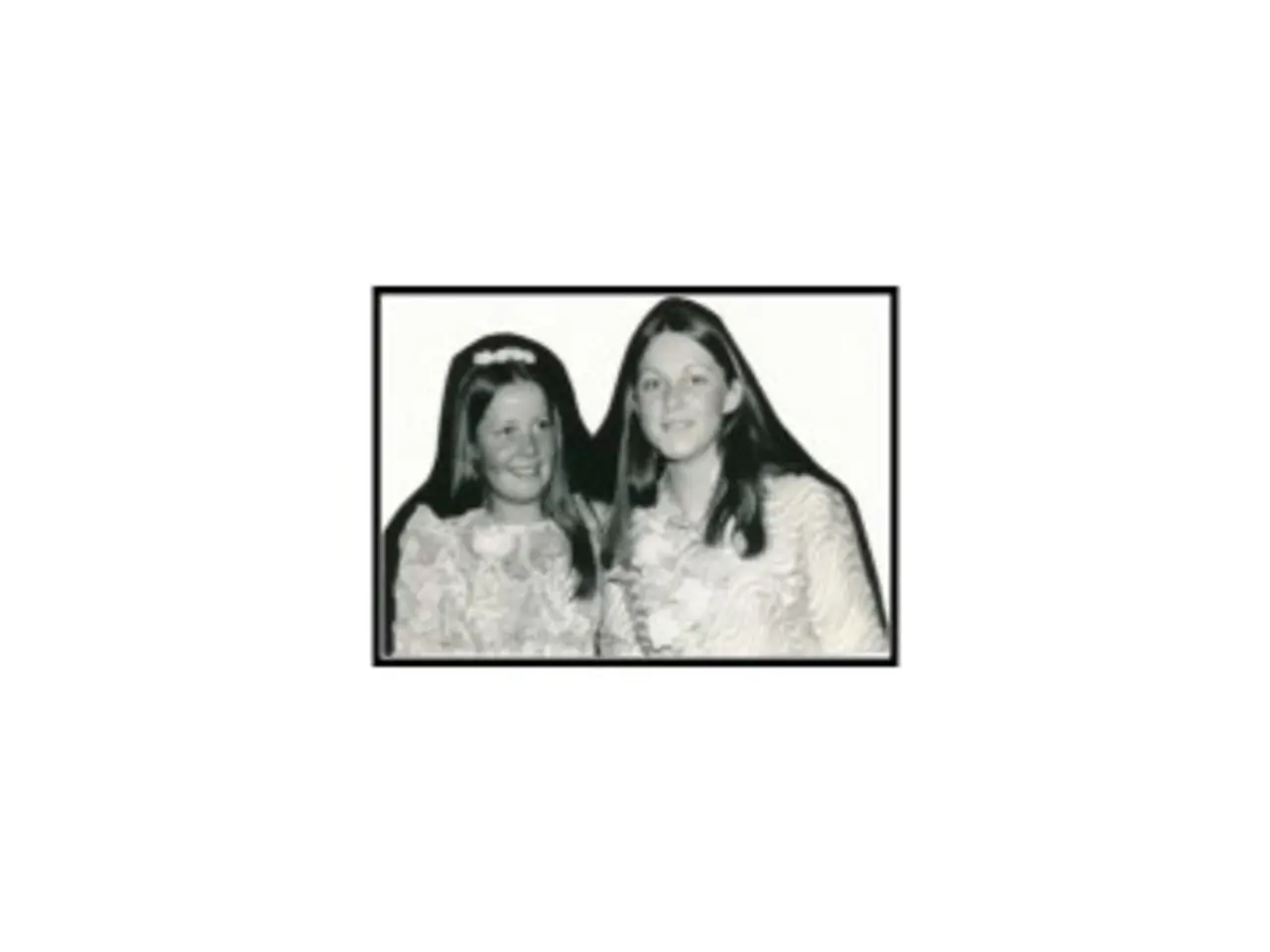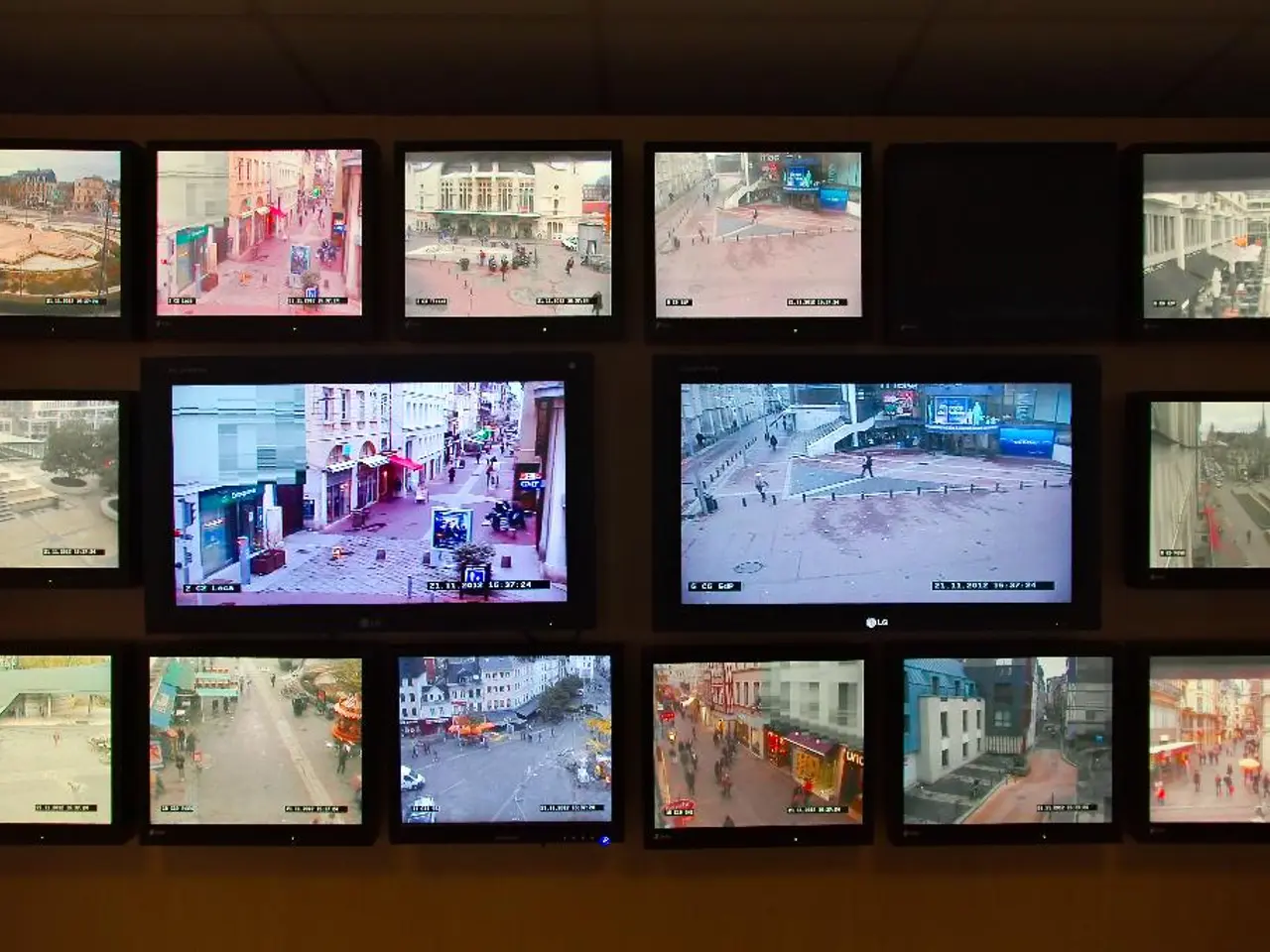Exploring the Photographic Past: A Glimpse into The Met's 'The Emerging Art: American Photography, 1839-1910'
In the heart of New York City, the Metropolitan Museum of Art has unveiled an extraordinary exhibit titled 'The New Art: American Photography, 1839-1910.' This captivating journey through time explores the evolution of American photography from its inception to the dawn of the twentieth century.
Photography, a revolutionary invention that profoundly impacted American culture, is the focus of this exhibit. During the Antebellum era, photography was seen as a raw and authentic method, resonating with an American cultural focus on vision and perception. The medium aimed to represent reality more accurately than painting, and it did just that, establishing a visual record that was more truthful and inclusive.
The exhibit highlights the evolution of early photographic techniques, such as the daguerreotype and ambrotype. Daguerreotypes, produced on a silver-coated copper sheet, were the first type of photography showcased in the exhibit. They were light-sensitive and skipped over the step of creating a negative, simply printing the reverse image on a slide of silver. Ambrotypes, on the other hand, were made of glass plates coated with silver halides and were easier to see than daguerreotypes.
As technology advanced, photography became more accessible. Tintypes, which became popular in the 1850s, used a sheet of metal and were much easier and cheaper to produce than previous types of photography. These technological advances democratized access to photography, transforming the field in the late 19th century.
The exhibit also showcases how photography is not one or the other; it is both a method of documentation and art. Photographs became larger and more casual in expression, capturing a range of subjects from everyday working citizens to prominent figures, illustrating their attire, attitudes, and social customs. This visual documentation extended to storefronts, rural labor, and new towns along the frontier, capturing the shifting American landscape and expanding sense of self.
Photography played a crucial role in confronting and exposing social issues of the era, such as the devastation of Native American communities and the brutality of slavery. It also influenced public perception during the Civil War, serving as a powerful tool in what remains a pivotal chapter in American history.
The advent of photography in mid-nineteenth century America marked a significant shift. Cameras, such as the one on display in the exhibit, use light refracted through the lens to create an image. The image produced by a camera is flipped upside down and inverted, requiring the use of a negative to flip the photo.
The exhibit also brings to light the immersive and widely accessible visual experiences brought by technological advances like the stereograph, introduced in the late 1850s. These three-dimensional images enabled "armchair travel," broadening the public’s geographic and cultural horizons at a relatively low cost, thus helping democratize visual knowledge and engagement with the world.
'The New Art: American Photography, 1839-1910' is a testament to the transformative power of photography in shaping national consciousness, social awareness, and providing new ways for Americans to see themselves and their rapidly changing country. The exhibit is currently on view through Sunday, July 20th, 2025, and is a must-see for anyone interested in the history of American photography and its impact on American culture.
- This exhibit, 'The New Art: American Photography, 1839-1910,' at the Metropolitan Museum of Art in New York City, focuses on the revolutionary evolution of photography in American history.
- Amidst the Antebellum era, photography was appreciated for its raw and authentic representation of reality, mirroring the American cultural focus on vision and perception.
- With the advent of technology, photography became increasingly accessible, as shown by the popularity of Tintypes in the 1850s, which were easier and cheaper to produce.
- The exhibit underscores the dual nature of photography, serving both as a medium of art and a means of historical documentation, capturing the changing cultural landscape of America from the 19th century to the dawn of the 20th century.




